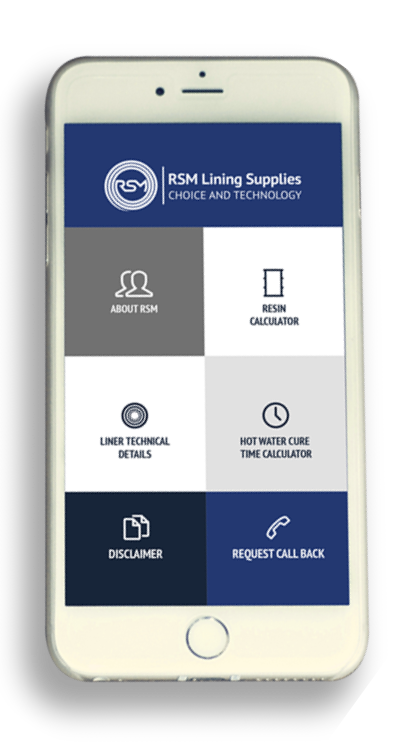CIPP Relining
Cured in Place Pipe (CIPP) is a leading trenchless solution to the rehabilitation of pipelines.
CIPP is less disruptive to the environment and the public than the traditional method of excavation.
CIPP Relining
CIPP is a form of trenchless repair solution, also known as ‘no-dig’ technology. Commonly CIPP involves insertion of a Resin impregnated reinforced liner through an existing pipeline, the liner is the cured insitu to form a seamless, jointless pipe within an existing pipeline, restoring the strength and serviceability of the pipe without he disruption that would be caused by the traditional method of excavation. CIPP is less disruptive to the environment to the public, and is more economic in almost all cases, than Open Cut Excavation.
CIPP methods can be used to rehabilitate sanitary sewers, storm drains and pressure pipelines for water, gas and process effluents. We are able to accommodate circular pipes from 50mm to 1800mm diameter through our own impregnation facility and to supply liners up to 2700mm diameter, we can also accommodate non circular pipe profiles.
The Process
Firstly the materials and process for each job are specified and designed by the contractor with advice from the supplier. Including material choice, liner thickness, installation and curing method.
The pipe is then cleaned and any debris removed. In the case of damage and deformation to the pipe, local repairs may need to be performed, ready for the CIPP process.
Once this has been approved the process involves a needle felt or glass fibre liner being impregnated with resin. Using either pinch rollers or a wet out table to ensure the liner is fully saturated. The liner is then installed into the pipe using either an inversion or drag in method.
The Methods
The drag in method is most commonly used for small diameter manhole to manhole, ambient cure applications, in combination with a calibration hose or inflation tube, that is left in place until the liner is cured. UV Lining also utilises the drag in installation method, the liner is usually manufactured from glass fibre and impregnated with polyester resin, winched into place and inflated using a blower system, the UV light train is then pulled through the inflated liner to cure.
The inversion method makes use of scaffolding, an inversion drum or sluice to fill the liner with water or air. Thus forcing the liner to invert and be pushed into the host pipe. Where as the drag in method, which requires access to both ends of the rehabilitation, pulls the impregnated liner into place. Effectively the liner is pushed into the host pipe, and thus only a single access point is required for installation, this method is suitable for use with ambient, heat assisted, and hot cure applications.
Once the liner is completely cured, the ends are cut as appropriate, any laterals reinstated and a new pipe is formed within an existing pipeline, the contractor will then finish by surveying the works and evidencing through CCTV survey.
